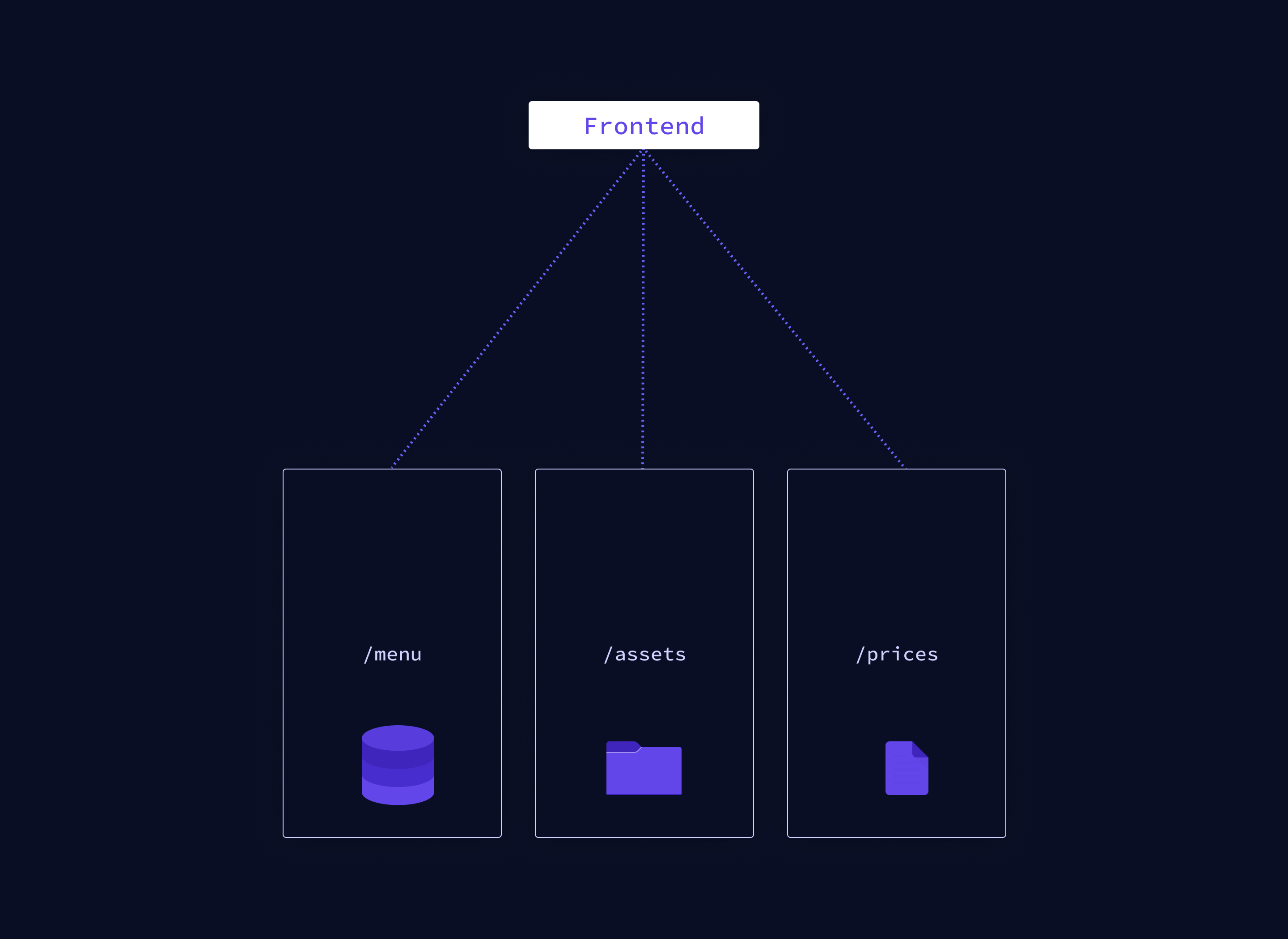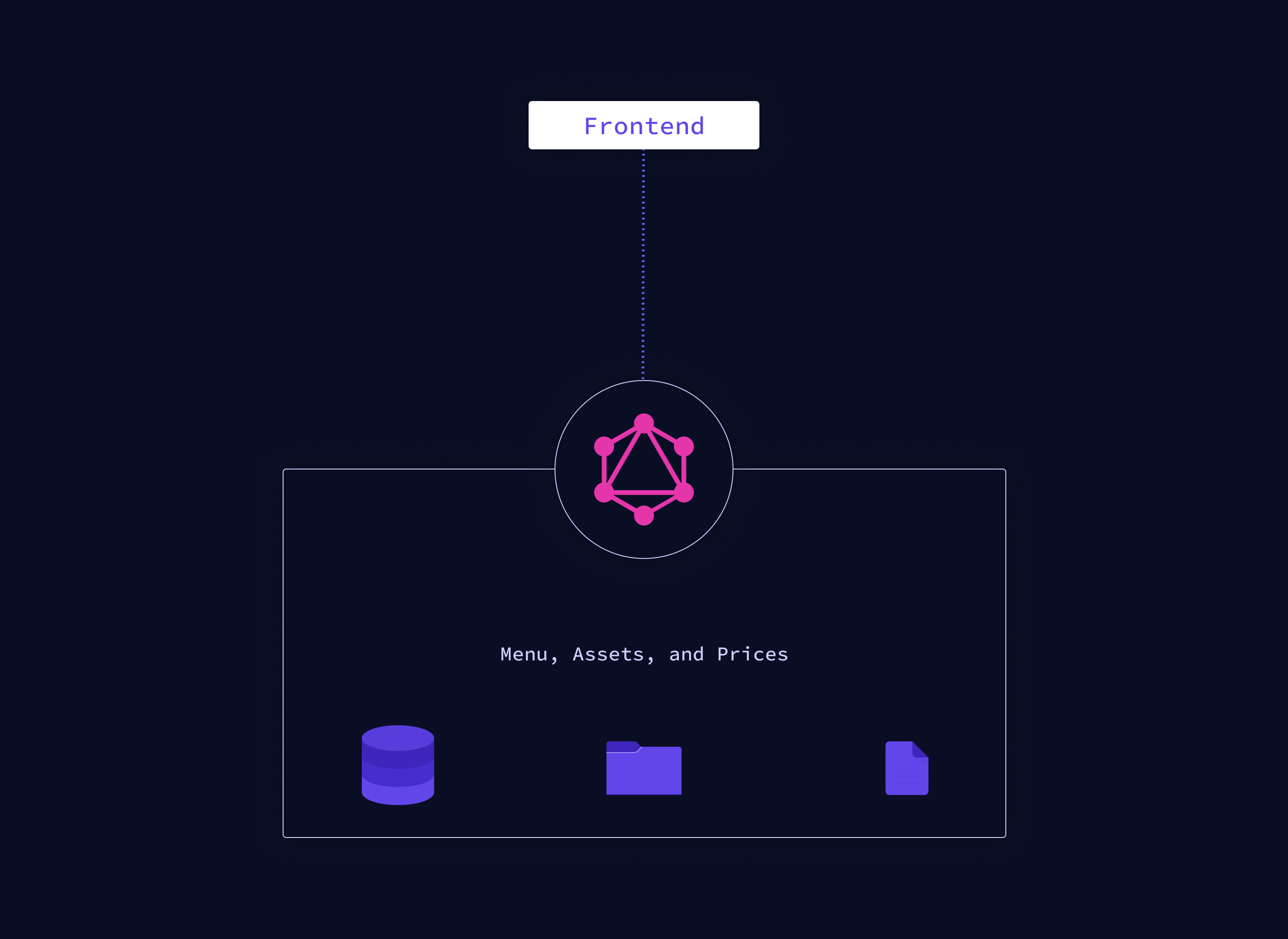If you have used GraphQL in place of REST API, then you are not alone because GraphQL is an alternative to REST APIs. They have their share of similarities and differences that we will discuss in this blog.
What is REST?
REST is an API (Application Programming Interface) that conforms to the architectural constraints of REST architectural style and permits interaction with RESTful web services.
In REST architecture, APIs expose the functionalities as resources that could be a service, data, object, or piece of information that a client can access. Every resource (data/service/object) comes with URI (Uniform Resource Identifier) that a client can access by sending a request to the server.
So, whenever a client calls for a RESTful API, the server will respond with the representation of the state of the queried resource. Common REST implementations utilize the HTTP method, which could be GET, POST, DELETE, PATCH, etc.
REST Constraint 1 – Uniform Interface
All operations in REST are based on the same interface. Regardless of the operation, the client and the server use the same patterns to communicate.
REST Constraint 2 – Client-Server
All systems that REST works with must be built with a client-server architecture.
REST Constraint 3 – Statelessness
The state of the frontend is only understood by the backend but not saved there. See it this way, errors in one process won’t affect the other processes and functionalities.
REST Constraint 4 – Isolated Layers.
REST prefers and upvotes segregation of the web architecture on all levels.
REST API Advantages
- Scalability
- Popularity
- Flexibility
- Format-Agnostic Approach
REST API Disadvantages
- Multiple round trips if you need a lot of additional information in your main REST request, as it won’t be able to deliver this data in one go.
- Even if an app needs only a few fields from an API endpoint, it gets all the data; thus, we will get the full information on each player even when we are just interested in the name, so maybe GraphQL is your best choice.
What is GraphQL?
When the concept of REST was being developed, client applications were relatively simple, so REST was a good fit for many applications. However, the API landscape has dramatically revolutionized over the years. So, Facebook introduced GraphQL in 2012 because their team needed a data-fetching API that was powerful enough to describe all of Facebook and easy enough to be used with less learning curve for the product developers.
GraphQL is a query language for data from any number of different sources. Other and old query languages are used to query a particular type of data store.
GraphQL Advantages
- It allows you to adjust the client-side automatically, connecting frontend and backend.
- The client specifies exactly what data is used on the backend.
- It also allows the software to be more specific in its requests.
- Strong type system because GraphQL is stricter about API types. This is clearly stated in the schema definition language. You have to learn these types before building architecture.
GraphQL Disadvantages
- No HTTP specification for data caching makes things easier and faster. However, in some cases, this method requires a lot of metadata.
- The complex syntax is a learning curve for GraphQL and is a bit more difficult than the REST API.
- Increased codebase size
- A lot of repetitive code and developers need to write identical code; one for the database and another one for GraphQL.
Differences between REST API and GraphQL
Architecture
REST is an architectural styled that is largely viewed as a conventional standard for designing APIs. It is server-driven.
GraphQL is a query language that is efficient and flexible enough to solve common API integration problems. It is client-driven.
Endpoints
The REST API holds the idea of multiple endpoints (GET/users/POST/Product), which means multiple URLs or paths are exposed by your web service on the domain you host that web service that reacts to different HTTP requests reaching your web service. It is deployed over a set of URLs where each of them exposes a single resource.
GraphQL works with one Endpoint only that reaches only with a POST/GraphQL request. You can name it whatever you want, but the default name is yourdomain(dot)com/GraphQL. It is deployed over HTTP using a single endpoint that provides the full capabilities of the exposed service.
Multiple Endpoints versus one Endpoint is the major difference between the two.
Data Exchange
JSON data is exchanged in the case of REST API. Along with that, you also send back binary data. Similarly, in GraphQL also, JSON data is exchanged.
Server-Side Language
When working with a REST API, you can use any server-side language, frontend language, and framework. Similarly, with GraphQL, you can use any server-side language, frontend language, and framework.
So, you can build both GraphQL and REST API using PHP, Node, Java, Python or any other programming language. And, you can use the technology and frontend combination such as you could be building a mobile app with Swift or you might be building a web app using React or Angular.
Web Caching
GraphQL lacks an automatic caching mechanism and uses libraries to do the same, whereas REST comes with an automatic caching mechanism.
Data Fetching
GraphQL fetches specific data with a single API call, while in REST, you can fetch fixed data with multiple API calls.
Documentation
Only a single tool is used for documentation, i.e., GraphiQL, whereas in the REST case, you have multiple automated documentation options, such as OpenAPI and API Blueprint.
Which one to choose?
If you want to use a modern design style that does not require multiple round trips to fetch data, then GraphQL could be your best option.
Assuming that you mean to utilize a tried and tested procedure that accompanies strong local caching or validation capacities, then REST could be your ideal choice.





